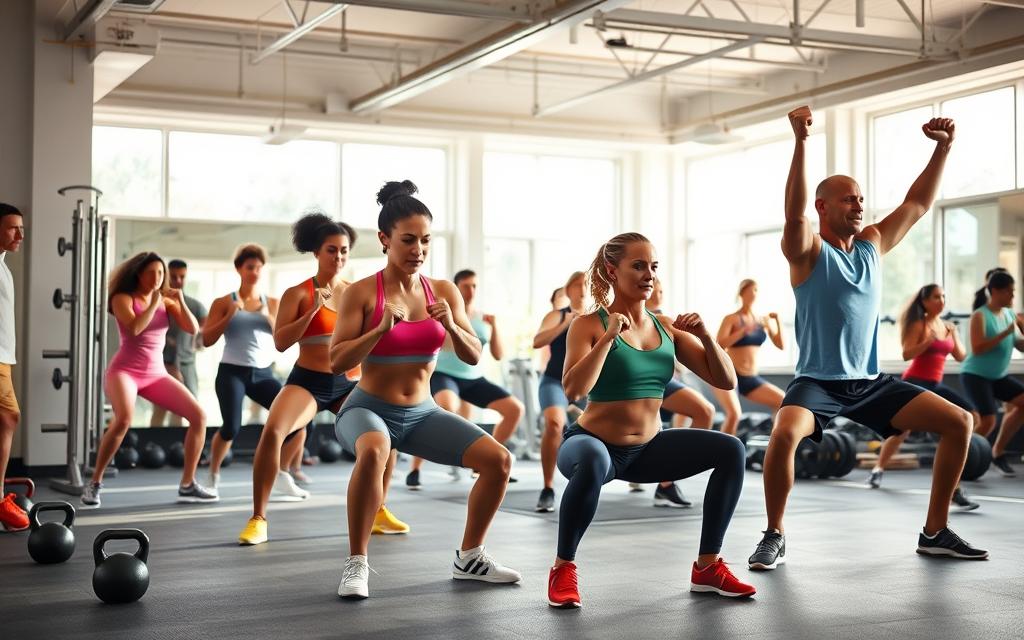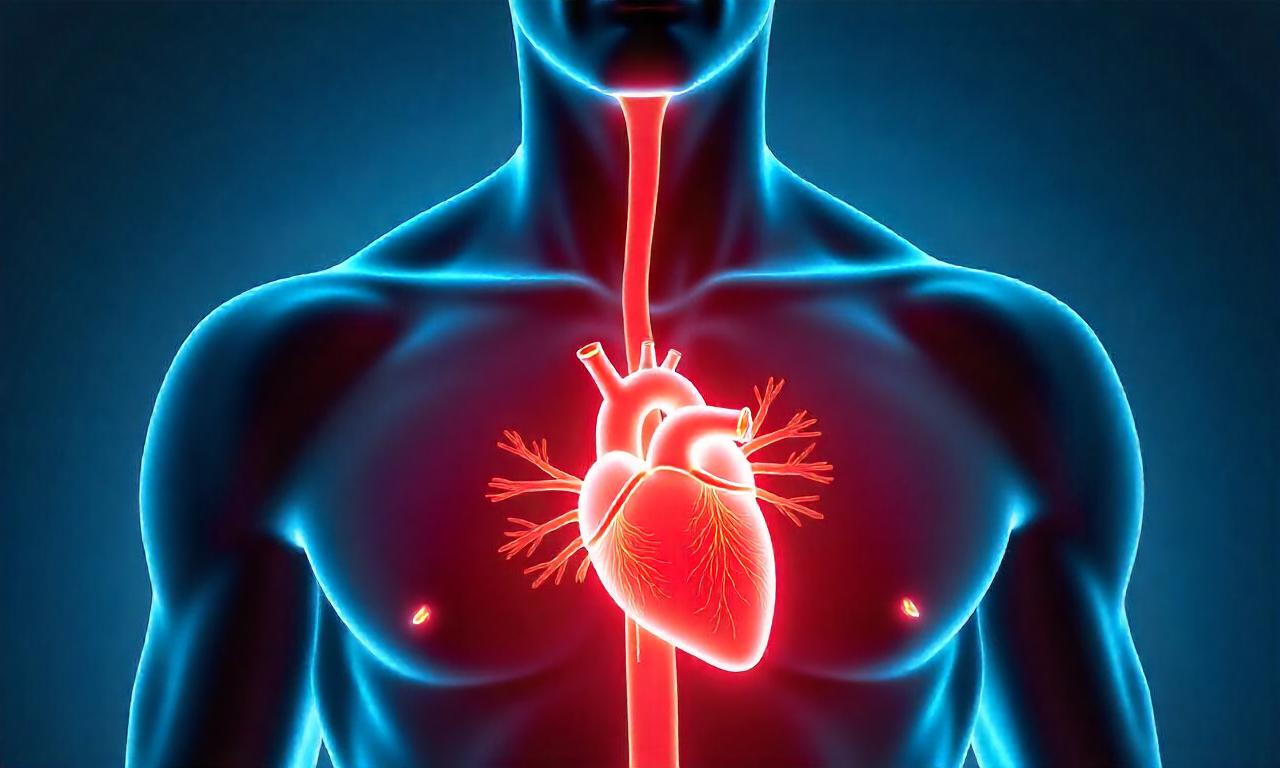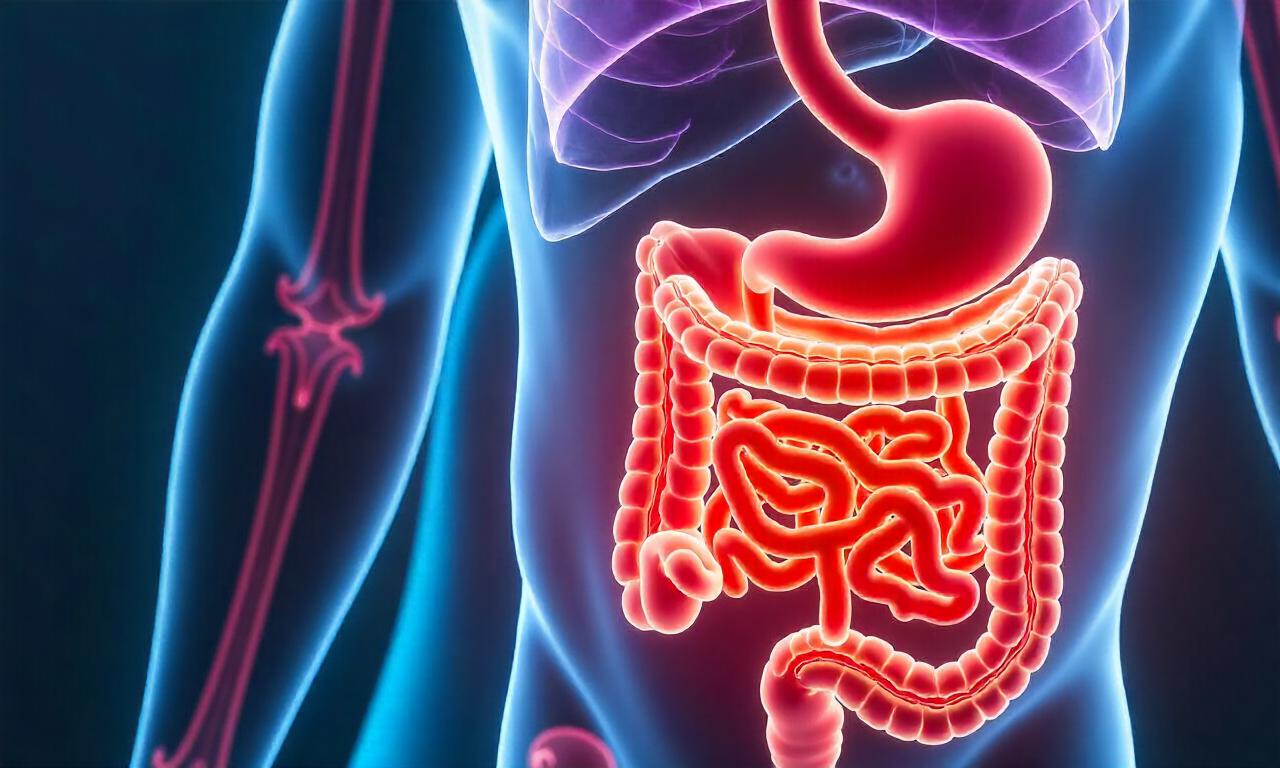Discover how to improve bone density with exercise using effective workouts to strengthen bones, enhance mobility, and support long-term health.
Can exercise really help us improve bone density, and if so, what are the best ways to do it? We will explore the importance of exercise in improving bone density. We will also provide a comprehensive guide on how to improve bone density with exercise.
As we age, our bone density naturally decreases. This can lead to osteoporosis and an increased risk of fractures. But with the right exercise routine, we can help maintain strong and healthy bones.
Our goal is to provide readers with a clear understanding of how to improve bone density with exercise. We will cover the best types of exercises and a step-by-step approach to creating a bone-building exercise routine.
By following our guide, readers can take the first step towards maintaining strong and healthy bones for years to come.
Table of Contents
ToggleUnderstanding Bone Density and Its Importance
Bone density is how much minerals like calcium are in our bones. If we have low bone density, we’re at higher risk for osteoporosis and fractures. It’s key to know how to boost bone density to stay healthy.
Regular exercise and a healthy lifestyle can help improve bone density. Exercise makes bones stronger, and a good diet gives bones what they need. Taking care of our bones helps us avoid osteoporosis and fractures, keeping us healthy and active.
What Is Bone Density?
Bone density is checked with a DEXA scan, which uses X-rays to measure bone mineral density. The scan compares our bone density to a healthy adult’s. A low score means we might be at risk for osteoporosis and fractures.
Why Bone Density Matters for Overall Health
Good bone health is vital for our overall health. Strong bones support our muscles, organs, and tissues, helping us move and function. Boosting bone density helps us stay independent and mobile as we get older.
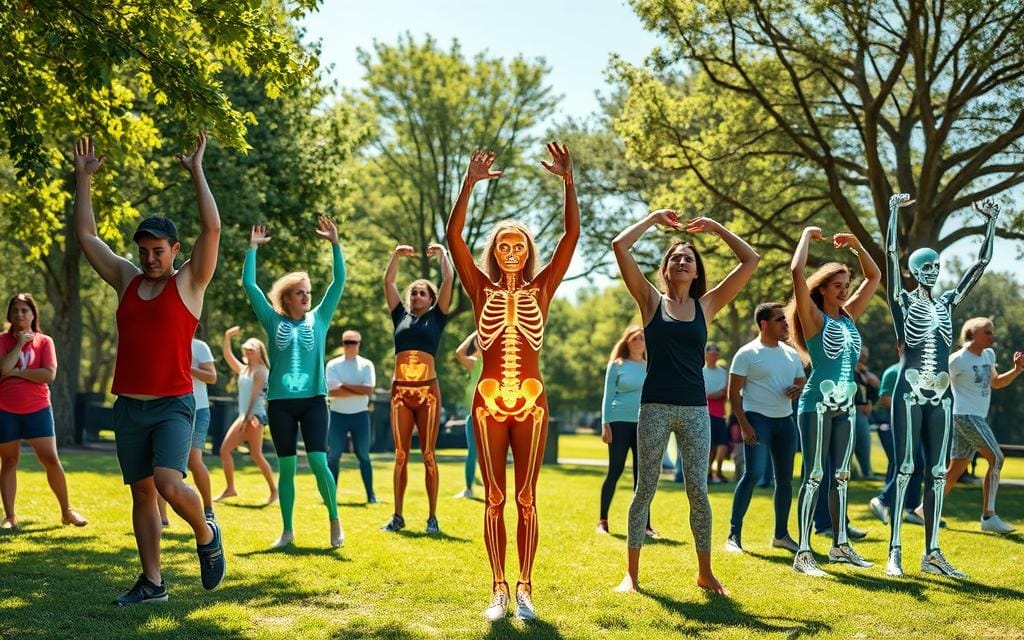
Risk Factors for Low Bone Density
Several factors can lead to low bone density, including:
- Age: Bone density naturally decreases with age
- Gender: Women are more likely to develop osteoporosis than men
- Family history: A family history of osteoporosis can increase our risk
- Lifestyle: A sedentary lifestyle and poor diet can contribute to low bone density
Knowing these risk factors helps us take steps to improve our bone density. Regular exercise, a balanced diet, and a healthy lifestyle support our bone health and overall well-being.
The Science Behind Exercise and Bone Strength
Exercise is key to making bones stronger. When we move, our bones get a workout, making them grow stronger. This is vital for keeping bones healthy and avoiding osteoporosis.
Exercise boosts bone density by creating new bone tissue. This is crucial for older adults to fight bone loss. It also makes existing bone tissue denser, enhancing bone strength.
Walking, running, and jumping are top choices for strengthening bones. These activities stimulate bone growth and can be adjusted for any fitness level. Resistance training and high-impact exercises also boost bone strength.
Here are some key points to consider when it comes to exercise and bone strength:
- Regular exercise can help improve bone density and strength
- Weight-bearing activities are specially good for bones
- Resistance training and high-impact activities are also beneficial
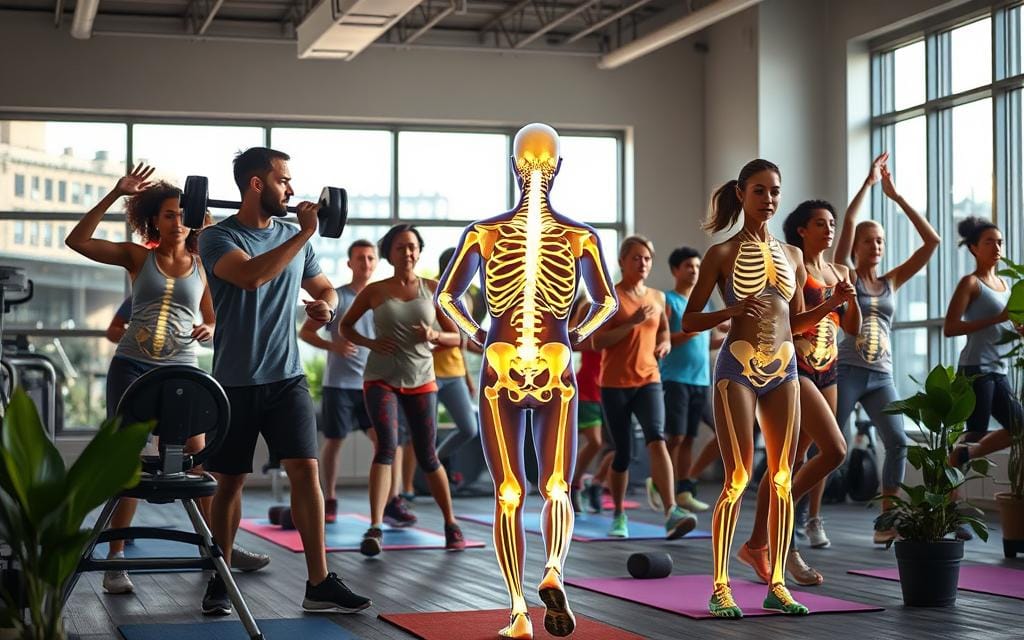
Best Types of Exercise to Improve Bone Density
There are many ways to boost our bone density through exercise. Walking and running are great for strengthening our hips and legs. Weightlifting and other resistance training can help our upper body. Jumping and dancing are also good for our lower body.
Let’s look at some top exercises for better bone density:
- Weight-bearing exercises: These, like walking and running, are good for our hips and legs.
- Resistance training: This includes weightlifting and bodyweight exercises, great for the upper body.
- High-impact activities: Jumping and dancing are excellent for our lower body.
Mixing these exercises is key for good bone health. It helps prevent osteoporosis and keeps our bones strong as we age. 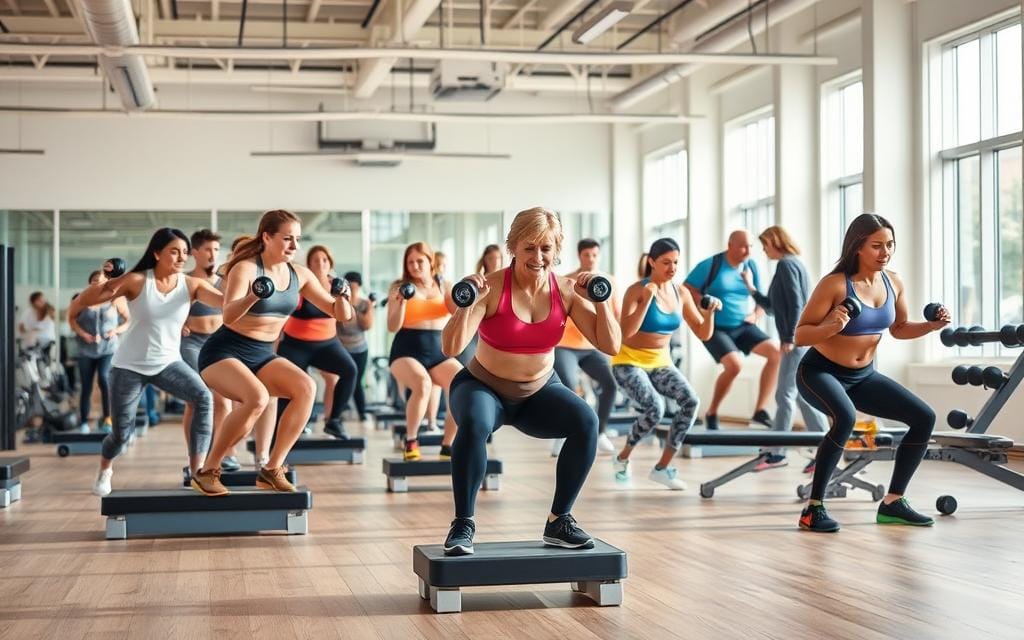
Creating a Balanced Routine
To have a balanced routine, include weight-bearing, resistance training, and high-impact activities. This mix boosts our bone density and lowers osteoporosis risk. By prioritizing exercise and adding these activities, we can keep our bones healthy.
| Exercise Type | Benefits |
|---|---|
| Weight-bearing exercises | Improves bone density in hips and legs |
| Resistance training | Improves bone density in upper body |
| High-impact activities | Improves bone density in lower body |
Creating Your Bone-Building Exercise Routine
Starting a bone-building exercise routine might seem hard, but it’s doable with the right help. First, think about your current fitness and health. This helps pick exercises that fit you and lowers injury risk.
A good routine should mix different exercises for bone health. These include weight-bearing and resistance training. They help make bones stronger and lower osteoporosis risk. Here are some tips for your routine:
- Begin slowly and gradually add more intensity and time to your workouts
- Choose exercises that work many muscles at once
- Add high-impact activities like jumping or running to boost bone density
Being consistent and patient is crucial for better bone density through exercise. Stick to your plan and adjust as needed. Also, listen to your body and rest when needed to avoid injury or burnout.
By following these tips and making a solid exercise plan, you can boost your bone health. This reduces osteoporosis risk. Always talk to a healthcare expert before starting any new exercise.

How to Improve Bone Density with Exercise: A Step-by-Step Approach
To boost bone density through exercise, start with a step-by-step plan. Begin with gentle exercises and slowly add more challenging ones. Start with low-impact activities and then move to higher-impact ones.
Beginning Your Journey
Starting your bone density improvement journey is key. Set achievable goals and monitor your progress. Use a workout journal or fitness app to track your journey. It’s also wise to get advice from a healthcare expert or a certified trainer for a tailored plan.
Progressive Overload Principles
Progressive overload means gradually increasing the workout intensity. This can be done by adding weight, reps, or sets. For instance, if you’re doing squats with 10 pounds, try 12 pounds after a few weeks.
Tracking Your Progress
Keeping track of your progress is crucial. This helps ensure you’re on the right track to better bone density. Here are ways to do it:
- Regularly measure your bone density
- Track your workouts and progress
- Watch your overall health and well-being
By following these steps, you can enhance your bone density through exercise. This reduces the risk of osteoporosis and fractures.
Safety Considerations and Precautions
When we exercise to boost bone density, safety is key. We must listen to our bodies and avoid injuries. It’s important to adjust exercises to fit our fitness levels for a safe workout.
Exercise safety depends on our health and any existing conditions. We need to know the risks and how to avoid them. This way, we can enjoy exercise without worrying about injuries or health issues.
Exercise Modifications for Different Fitness Levels
- Start with low-impact exercises and gradually increase intensity
- Use proper form and technique to avoid putting unnecessary strain on joints
- Listen to your body and rest when needed to avoid fatigue and injury
When to Consult a Healthcare Provider
Always talk to a healthcare provider before starting a new exercise plan. They can give advice tailored to your health. By focusing on safety and bone health, we can stay healthy and strong while exercising.
Complementary Factors for Optimal Bone Health
Exercise is key for strong bones, but it’s not the only thing. We also need to think about nutrition and lifestyle changes. Eating foods rich in calcium and vitamin D is vital for bone strength.
Nutrition Requirements
Eating a variety of fruits, veggies, whole grains, and lean proteins is good for bones. Focus on these nutrients:
- Calcium: essential for building and maintaining strong bones
- Vitamin D: helps the body absorb calcium
- Protein: important for bone growth and maintenance
Lifestyle Modifications
Healthy habits like quitting smoking and drinking less alcohol help bones. Getting enough sleep and staying hydrated is also key for health.
Supplementation Guidelines
At times, supplements like calcium and vitamin D are needed for bones. But, always talk to a doctor before taking them. This ensures they’re safe and right for you.
| Nutrient | Recommended Daily Intake |
|---|---|
| Calcium | 1,000-1,200 mg |
| Vitamin D | 600-800 IU |
Common Mistakes to Avoid When Exercising for Bone Health
When we work out to keep our bones healthy, it’s key to steer clear of common errors. These mistakes can slow down our progress or even cause injuries. We often miss simple but important parts of our workout routine, which can harm our bone health.
Some common mistakes to avoid when exercising for bone health include:
- Overexertion: pushing ourselves too hard, too fast, which can lead to injury or burnout
- Poor form: not using proper technique when performing exercises, which can put unnecessary strain on our bones and joints
- Inadequate warm-up and cool-down routines: not preparing our muscles and bones for exercise, or not stretching after exercise to prevent soreness and injury
By knowing these common mistakes, we can take steps to avoid them. This ensures our workout is safe and helps our bones stay healthy. Always listen to your body and talk to a healthcare professional if you have any worries.
By avoiding these mistakes and sticking to a good workout plan, we can boost our bone density and health. Working out for bone health is a smart investment in our future well-being. By being careful and mindful, we can reach our goals and keep our bones strong for many years.
Conclusion: Building Stronger Bones for a Healthier Future
As we finish talking about how exercise improves bone density, remember it’s a long-term investment in our health. Adding weight-bearing exercises, resistance training, and high-impact activities to our routine helps a lot. This way, we can lower the risk of osteoporosis and fractures.
Regular exercise, along with a balanced diet and a healthy lifestyle, helps us build stronger bones. We can look forward to better mobility, less risk of chronic diseases, and a higher quality of life. By choosing wisely and taking action, we can make our future healthier for ourselves and our loved ones.
It’s important to keep up with our bone-building exercise routine and make changes when needed. With hard work and dedication, we can beat challenges and reach our goals. This leads to a healthier future where we can live fully, without the worries of fragile bones and related health problems.
Want stronger bones? Visit nutrivitalhealth.com for expert advice on how to improve bone density with exercise and build a healthier future today!
FAQ
What is the best way to improve bone density with exercise?
To boost bone density, mix weight-bearing exercises, resistance training, and high-impact activities. Don’t forget to add balance and flexibility exercises like yoga and Pilates for better bone health.
How often should I exercise to improve bone density?
Aim to exercise 3-4 times a week. Include weight-bearing, resistance, and high-impact activities. Remember to take rest days for bone recovery and rebuilding.
What are some examples of weight-bearing exercises that can help improve bone density?
Walking, running, hiking, and dancing are great for bone density. They strengthen hips and legs, lowering osteoporosis and fracture risks.
Can I improve bone density with exercise if I have a low fitness level?
Yes, anyone can boost bone density with exercise, no matter the fitness level. Start slow, increase intensity and duration gradually. Modify exercises to fit your level and consult a healthcare provider if needed.
How long does it take to see improvements in bone density with exercise?
Expect to see bone density improvements in 6-12 months. Be patient and consistent with your workouts. Tracking progress and adjusting your routine can help achieve best results.
Are there any specific nutrients that can help support bone health?
Yes, eat a balanced diet rich in calcium, vitamin D, and other nutrients for bone health. Consider calcium and vitamin D supplements if necessary. Always consult a healthcare provider before starting new supplements.
Can I improve bone density with exercise if I have osteoporosis?
Yes, exercise can help even with osteoporosis. Always consult a healthcare provider before starting any new exercise. They can help create a personalized plan for you.
How can I track my progress and ensure I’m improving my bone density with exercise?
Monitor your bone density with regular health check-ups. Keep a workout log to track your progress. Listen to your body and adjust your routine to avoid injury or burnout.

